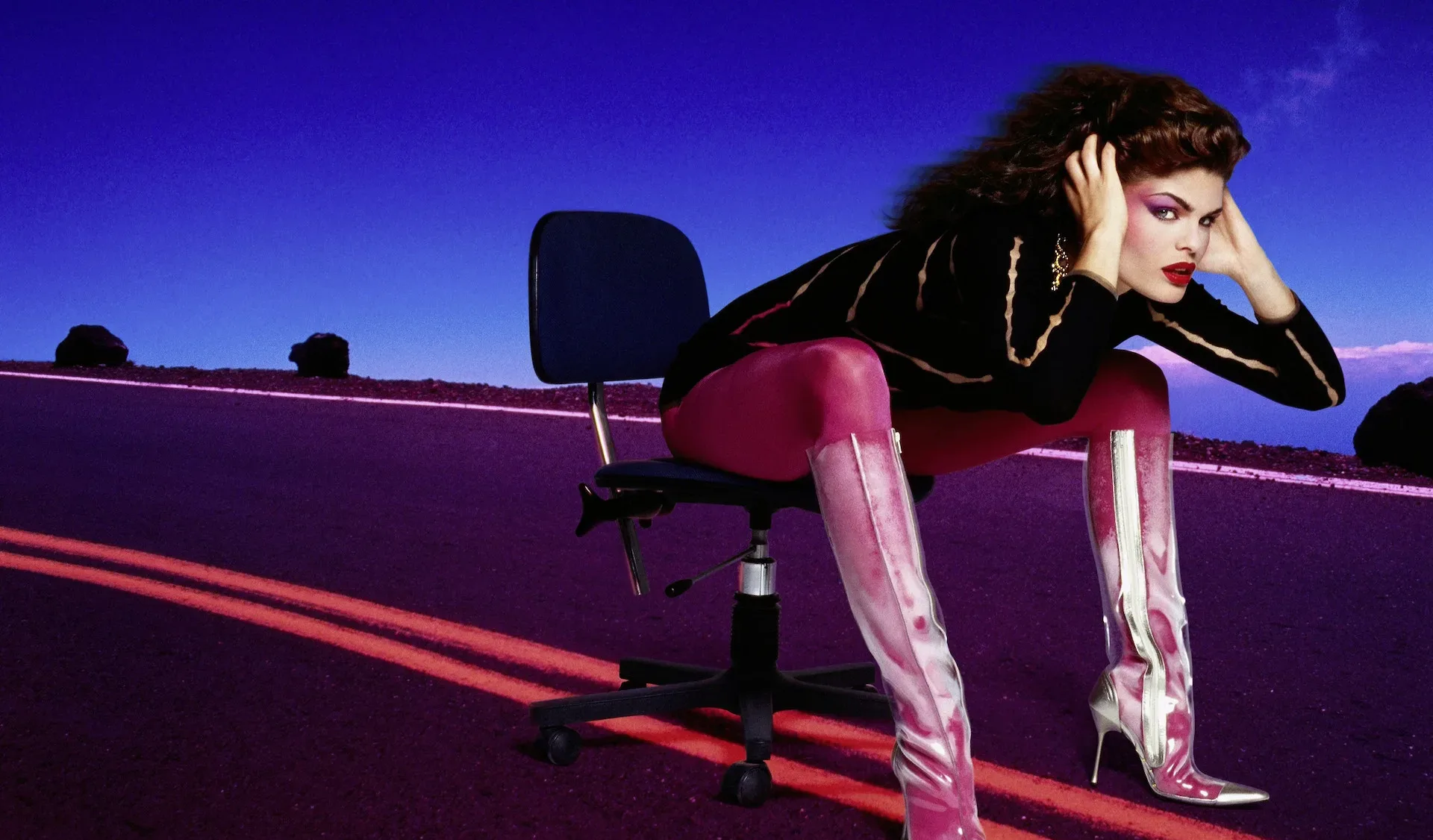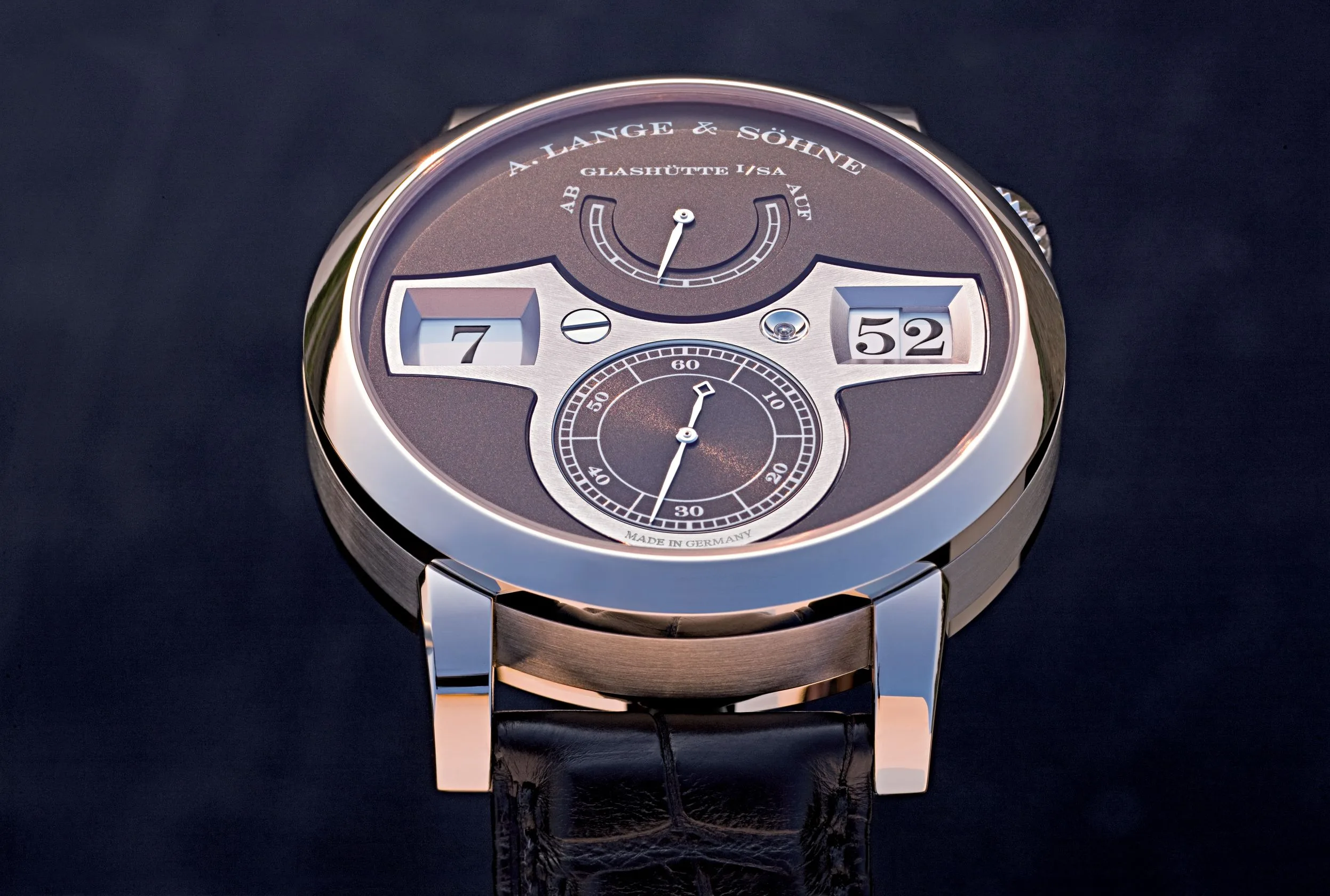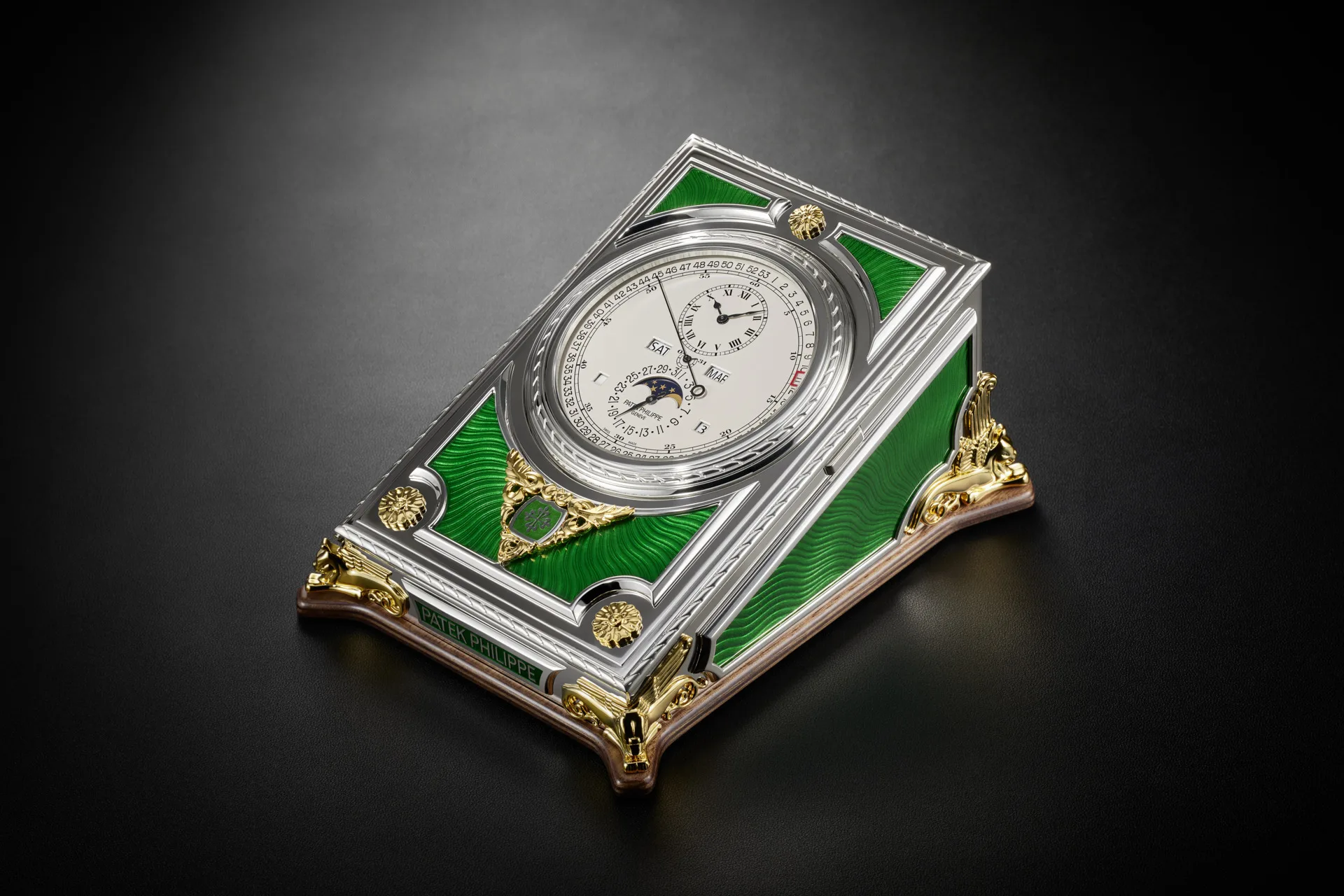Lovers of pilot watches are in for a treat. Swiss luxury watch manufacturer IWC Schaffhausen have just opened their first pop-up exhibition in the United Kingdom, in honour of the 70th anniversary of the “Navigational Wrist Watch Mark 11 6B/ 346” being supplied to the Royal Air Force.
The exhibition is located on the first floor of IWC’s flagship boutique in London. Watch aficionados will discover twelve historical Mark 11 timepieces from the British Overseas Airways Cooperation, the New Zealand, the Royal Australian, South African, and the Royal Air Force. The IWC team have also brought in other priceless navigational artefacts, such as a periscope from and military uniforms of the time, which will allow visitors to immerse themselves in IWC’s world of Pilot’s Watches.
IWC has been producing innovative and technically advanced watches since 1868, and being a leader in the development of pilot’s watches since 1936. The Mark 11 was IWC’s first megastar, but it came from modest origins. Starting its career in 1949 as a “Navigational Wrist Watch,” the timepiece was supplied to the British Ministry of Defence following a military supply contract. Intended as a highly accurate, anti-magnetic instrument for astro-navigation, the Mark 11 was primarily issued to Royal Air Force navigators and later, to pilots. It was also used by other Commonwealth armed forces until the early 1980s.

Owing the capabilities of the aircraft in the RAF fleet circa 1949, Mark 11 watches had to meet the requirements of a flight from ground level to 26,000ft and speeds up to 500mph and later on in the 60s of up to 70,000ft and 650mph. The glass had to be fixed in way that ensured maximum water tightness, so no humidity could get into the case and cause deviation of accuracy. Although radar equipment for navigation was standard on the RAF’s bomber nuclear force in the 1950s and 1960s,
there was always a navigator responsible for conventional navigation. This was critical because crews had to shut down the radar to be undetected when entering hostile airspace.
The RAF received their watches in four batches ordered in the years 1948, 1950, 1951 and 1952. The reference number consisted of a combination of numbers and letters. In the case of the Mark 11, the number is 6B/346.
During its term of service, the design of the watch was refined. On its introduction in 1949, the numbers from 1 to 12 were still written out. The small rectangles at 3, 6, 9 and 12 o’clock were already made from luminous material, while in 1952, the number 12 was replaced by the characteristic triangle with a dot on either side. This is now one of the most important visual features of the IWC pilot’s watches, along with the stubby hour hand instead of the pointed hour hand in use until 1952.

The Mark 11 was also used by other Commonwealth countries such as South Africa, Australia and New Zealand. The Royal New Zealand Air Force procured two batches of Mark 11s, one delivered 1952/53, the other in 1957. A Mark 11 also featured in another story: New Zealander Sir Edmund Hillary was not only the first person to conquer Mount Everest; in 1958, he also led a team to reach the South Pole by land. To determine his position during this expedition, the navigator from the New
Zealand Air Force relied on his watch: an IWC Mark 11.
The Royal Australian Air Forces procured the IWC Mark 11 once in 1957, after having ordered two batches of Mark 11s from Jaeger LeCoultre in 1948 and 1953. The South African Air Force procured three series of Mark 11s, in 1953, 1961 and 1967, all of them sold to the South African Embassy in Berne. Since 1988, subsequent civilian models of the Mark 11 were issued and the watch evolved into a legend, evoking the romance of flying and the significance of history.
Pilot’s watches developed into an entire genre of the Swiss watch industry. They represent the antithesis of a jewellery watch, with their plain black dials and stark white Arabic numerals. Additionally, IWC was the first to introduce navigational wrists watches as a luxury good.
IWC Mark 11 Exhibition
IWC boutique. 138, New Bond Street. London
Until 10th August

















Show Comments +